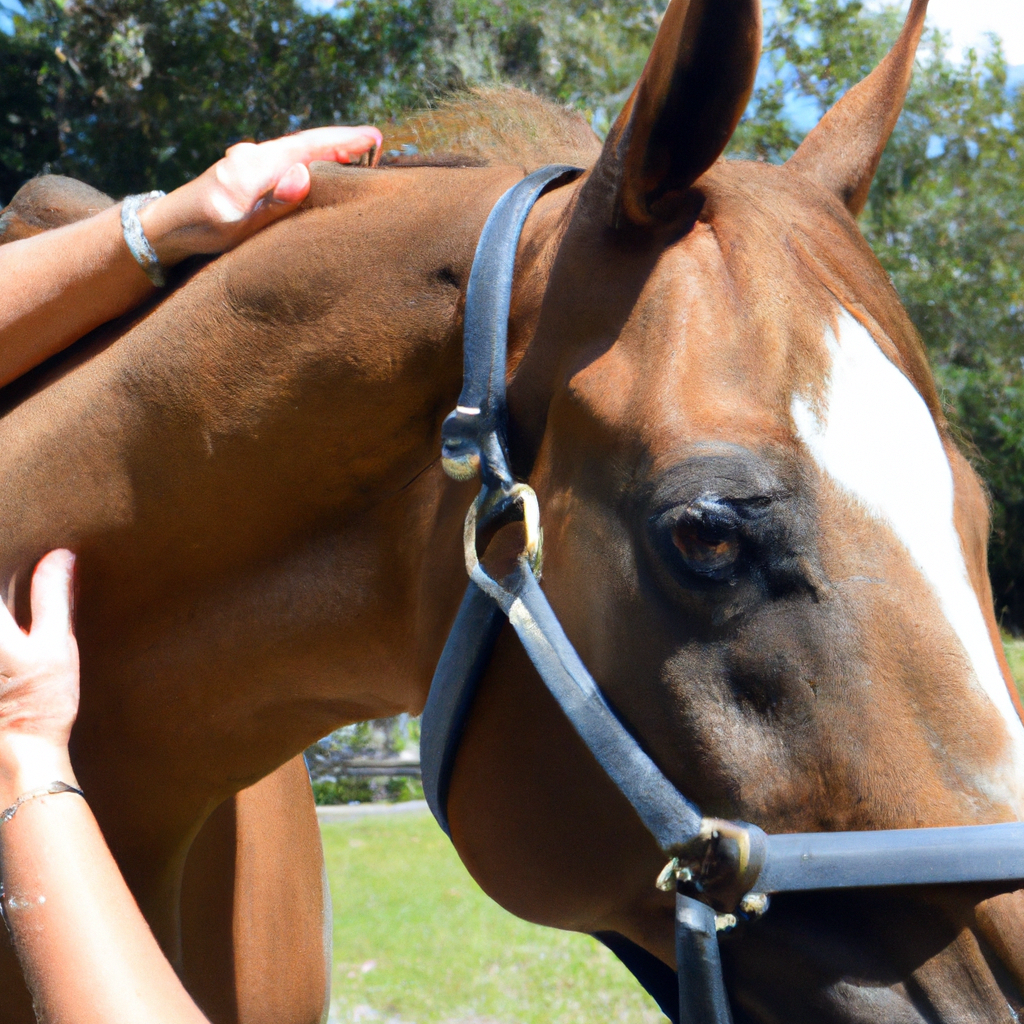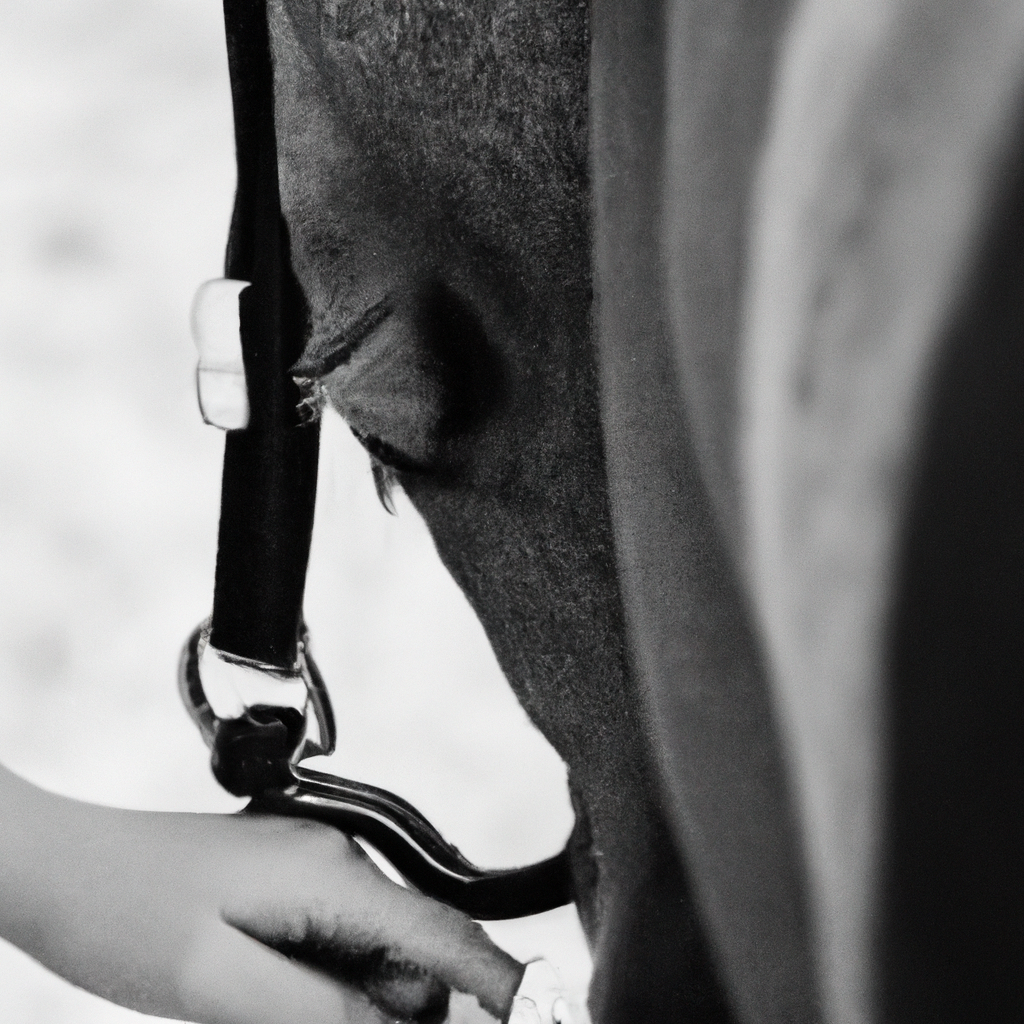Ever wondered how a horse rider communicates seamlessly with their horse, flawlessly executing commands? In “Mastering the Art of Teaching Horse Commands,” you are taken on a compelling journey into the world of equestrian communication. Explore the mysteries behind those gentle whispers and subtle pressures; it’s all about teaching horse commands with love, patience, and discipline. This guide not only makes you an expert in commanding horses but also marks the beginning of a beautiful, deep bond between you and your trusty steed. Hold your reins and get ready to trot into this fascinating aspect of horse riding.
Understanding Horse Behavior
Understanding your equine partner’s behavior is the cornerstone of forming a successful bond between you and your horse. Positive interaction with your horse fosters a supportive environment that is crucial to its learning.
Identifying Horse Reactions and Their Meaning
You need to observe your horse’s reactions closely to understand what it means. A relaxed horse will stand calmly, ears forward and attention focused. On the other hand, a scared horse will raise its head high, ears pricked and trembling. Learning to identify these reactions can help you assess and adjust your methods during the training process, enhancing the overall experience for both you and the horse.
Notices Signs of Discomfort or Disease
Always be aware of signs of discomfort or disease in your horse. Changes in behavior, restlessness, weight loss, or unusual posture might indicate health problems. Prompt recognition of these signs allows you to seek timely professional help, keeping your horse healthy and ensuring its progress in training.
Building a Trust Relationship with Horses
Building a trust relationship with horses is an ongoing process, which involves being calm, patient, and consistent. Spend quality time with your horse, groom it frequently and talk to it gently. Remember, every horse responds differently, so it’s important to cater to the horse’s individual needs.
Basic Horse Commands
Training a horse involves teaching them basic commands. These commands teach discipline, obedience, and provide a structure for the horse to follow.
Training Horses to Respond to ‘whoa’
Teaching your horse to respond to “whoa” is fundamental. The command should be firm, clear, and consistent, combined with a gentle pull on the reins. Incorporating this command in your horse’s training encourages crucial stop-motion response.
Teaching the ‘walk on’ Command
The ‘walk on’ command guides the horse to move forward at a leisurely pace. You should communicate this command gently, with a light squeeze of your legs and a leading rein. Practice it repeatedly until the horse responds consistently.
Mastering the ‘trot on’ Command
The ‘trot on’ command instructs the horse to quicken its pace from a walk to a brisk, balanced trot. It requires a stronger squeeze of your legs and an encouraging voice. With patience and persistence, your horse will master this command.
Initiating Horse to the ‘canter on’ Direction
The ‘canter on’ direction is an advanced command that asks the horse to gear up its speed into a controlled gallop. The command requires a firm squeeze with your outside leg and a gentle push with your inside leg while maintaining a steady grip on the reins. Such directives should be carefully ingrained in the horse’s training regime.
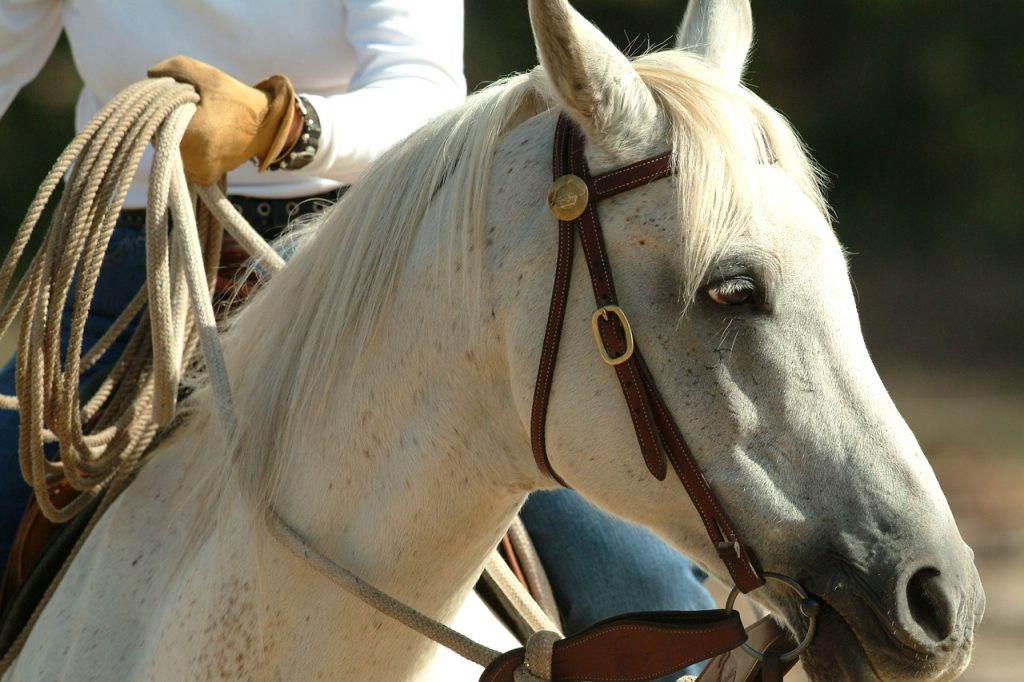
Advanced Horse Commands
As your horse becomes proficient in basic commands, you can progressively introduce advanced commands to broaden your horse’s understanding and response.
Perfecting ‘side step’
The ‘side step’ command instructs your horse to take lateral steps. While this is a complex maneuver requiring perfect coordination, a consistent command, combined with a simultaneous pressure from your leg and rein, can aid the horse in perfecting it.
Training Horses to ‘back up’
Teaching a horse to ‘back up’ helps in managing spaces effectively. The command involves a combination of pulling the reins gently while verbally prompting the horse. Remember, horses are not naturally inclined to move backward, so patience is vital during this training.
Instructing the Horse to ‘circle’
The ‘circle’ command is an essential part of any horse’s training. It provides the horse with a sense of direction and understanding of the rider’s rein pressure. This command requires simultaneous actions, including the turning of the rider’s body, exerting pressure with the inner leg, and directing with the outer rein.
Voice and Body Language in Horse Training
Mastering your voice and body language is essential in horse training. Horses rely heavily on non-verbal communication; thus, it’s important to be aware of your voice and body signals.
Effective use of Voice for Commands
Your voice should be firm and clear, yet friendly, when issuing commands. Ensure that your voice commands are consistent and distinct. However, remember to keep your emotions in check as horses are very sensitive to the tone of your voice.
The Role of Body Language in Horse Instructions
Body language is just as important in horse training. Horses are keen observers and can pick up on subtle cues from your body language. Hence, be aware of your posture, facial expressions, and movements when around your horse.
Consistency in Voice and Body Commands
Consistency in voice and body commands is the key to successful horse training. Every command should always be accompanied by the same voice instruction and physical cue. This consistency helps the horse to understand and respond to your commands effectively.
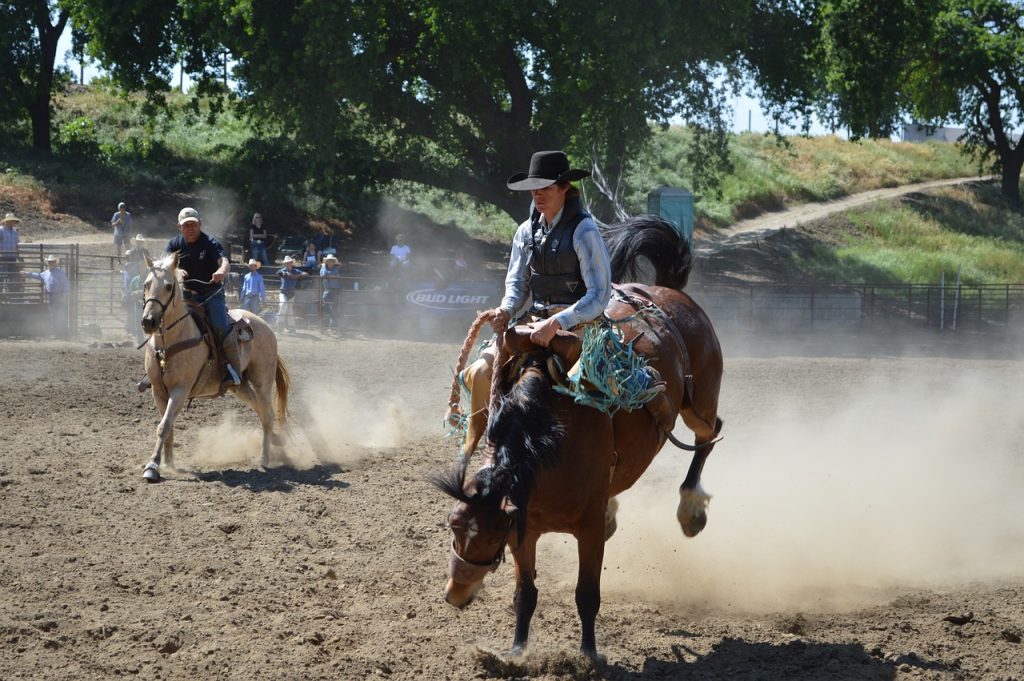
Safety Considerations in Horse Training
Safety should always be the priority when training your horse.
Proper Use of Training Equipment
Ensure you are correctly using all training equipment. Ill-fitting saddles or incorrect use of bridles can cause discomfort and stress to your horse, which can hinder the training process.
Ensuring Rider Safety during Training
Your safety is equally important. Always wear the correct riding attire, including a helmet and proper footwear. Additionally, never rush the training process – doing so can put both you and the horse at risk.
Maintaining Horse Health and Safety through Training
Monitor your horse’s health regularly. Be alert for changes in behaviour or signs of stress. Regular vet check-ups are also advisable.
Riding Aids and Their Role in Command Training
Riding aids are tools that can enhance communication between you and your horse during training. They can be natural (your body) or artificial (whips, spurs).
Understanding Natural and Artificial Riding Aids
Natural aids include your voice, hands, legs, and seat. These aids are used for giving commands, regulating pace, and steering. Artificial aids, on the other hand, are used to reinforce these commands if a horse is unresponsive.
Integrating Riding Aids in Training Commands
Riding aids should be integrated gradually into training. They should never replace clear, effective communication and should always be used sensitively and appropriately.
Effectiveness of Riding Aids in Reinforcing Commands
Riding aids can enhance training effectiveness when used correctly. They can reinforce your commands and help your horse understand what’s required of him.
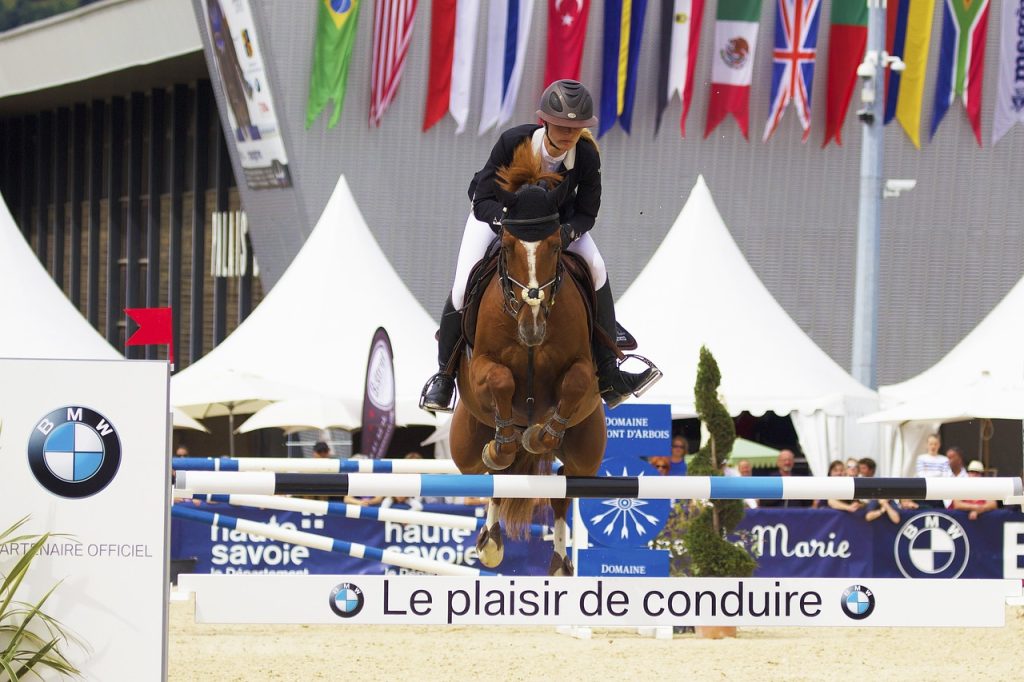
Dealing with Difficult Horses
A horse can be ‘difficult’ for various reasons. It’s crucial to understand this before beginning any form of training.
Identifying Signs of a Difficult Horse
Signs of a difficult horse can include resistance to commands, nervousness, aggressiveness, or unpredictable behaviour. It’s essential to understand that these behaviours often stem from fear or confusion, not obstinance.
Effective Techniques in Handling Difficult Horses
Handling difficult horses requires patience, understanding, and a lot of positive reinforcement. Ensure that your commands are clear and consistent. Make sure your body language is calm and reassuring.
Maintaining Patience and Persistence with Difficult Horses
When dealing with difficult horses, it’s easy to lose patience. Remember every small progress is a win. Celebrate it. Persistence is key.
Developing a Training Schedule
A well-defined training schedule is crucial for your horse’s consistent progress.
Defining the Frequency of Training Sessions
Training sessions should be regular but not overwhelming. Aim for short, frequent sessions rather than longer, sporadic ones.
Strategizing the Length and Content of Each Session
Training sessions should be varied and dynamic. Mix in different commands and activities to keep your horse interested and engaged.
Monitoring Progress and Adjusting the Schedule Accordingly
Keep track of your horse’s progress. Be ready to adjust your schedule according to your horse’s learning pace and ability.
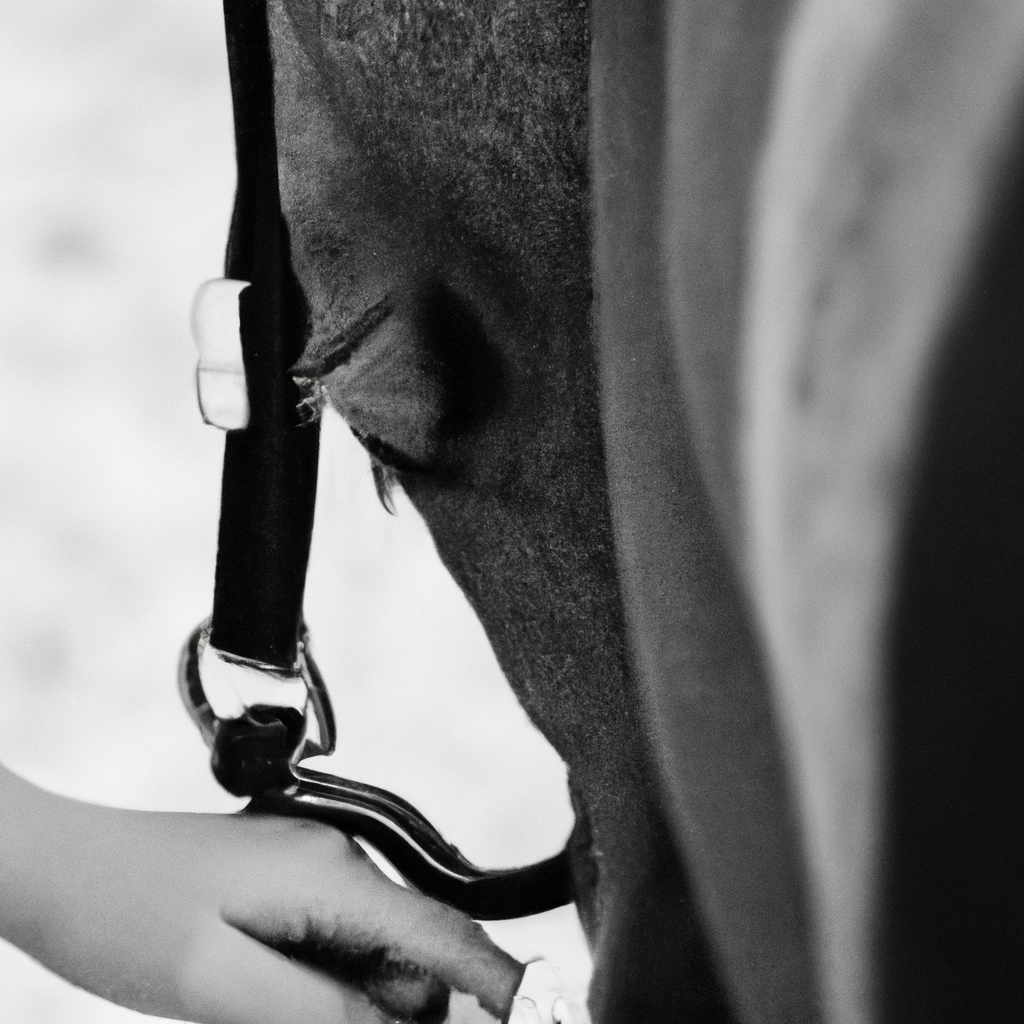
Continuous Learning and Improvement as a Trainer
As a trainer, your learning never stops. Always strive to upgrade your skills and knowledge.
Learning from Experienced Horse Trainers
Seek advice from experienced trainers. They can provide you with valuable insights and techniques that only come with years of experience.
Continually Upgrading Your Horse Training Skills
Invest in your development. Attend seminars, workshops, and courses on horse training. This not only enhances your skills but also keeps you updated with recent trends and research.
Staying Updated on Horse Training Techniques and Research
Staying aware of new research and developments in horse training helps you be the best trainer you can be. Regularly read relevant books, articles, and studies.
Common Mistakes in Teaching Horse Commands
Learning to avoid common mistakes can make your training more effective.
Overloading the Horse with Commands
A common mistake is overloading your horse with too many commands simultaneously. This often results in confusion and stress.
Inconsistency in Voice and Command
Inconsistent voice and commands can be exceedingly perplexing for a horse. Always be clear, firm, and consistent.
Ignoring the Horse’s Mental and Physical State During Training
Lastly, never ignore your horse’s mental or physical state during training. If your horse is distressed, tired, or unwell, it would be difficult for him to learn accurately. Always prioritise your horse’s well-being over the training.
Teaching horse commands is an art that requires patience, understanding, and excellent communication. With time and commitment, you can master this art and enjoy a rewarding relationship with your horse. Happy training!
